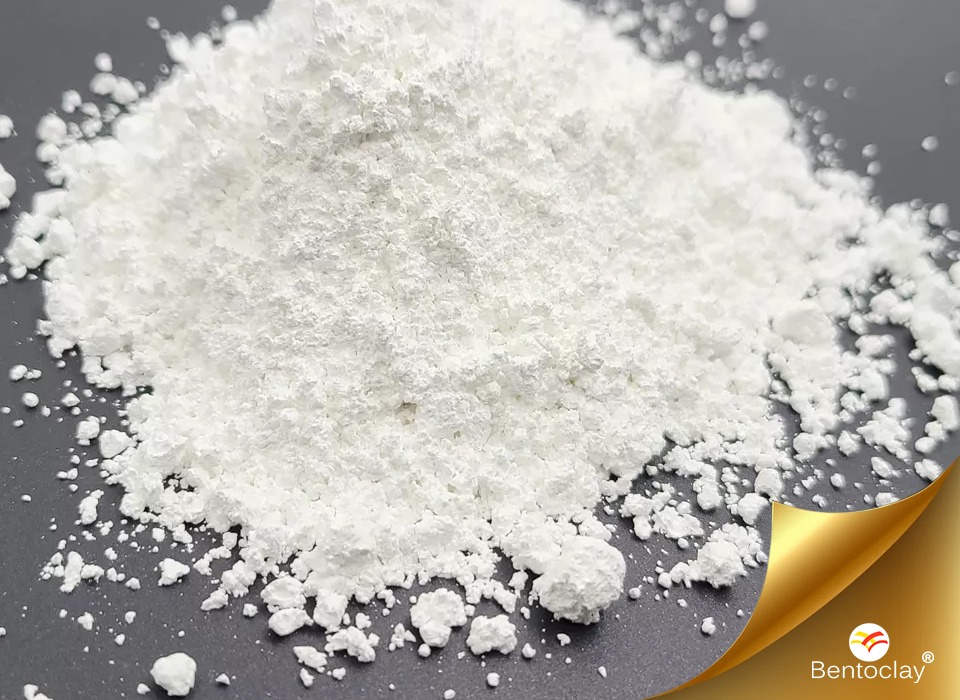Kaolin

It is a layered silicate mineral, with one tetrahedral sheet of silica (SiO4) linked through oxygen atoms to one octahedral sheet of alumina (AlO6) octahedra.[8]
When moistened, the tiny platelike crystals of kaolinite acquire a layer of water molecules that cause crystals to adhere to each other and give kaolin clay its cohesiveness. The bonds are weak enough to allow the plates to slip past each other when the clay is being molded, but strong enough to hold the plates in place and allow the molded clay to retain its shape. When the clay is dried, most of the water molecules are removed, and the plates hydrogen bond directly to each other, so that the dried clay is rigid but still fragile. If the clay is moistened again, it will once more become plastic.
Packing
Available in Raw Material (Loose), Powder Form packed in 25Kg, 50Kg, 1MT Jumbo Bags.
Applications
PAINT
As kaolin assists with desired rheological properties that help maintain proper dispersion and provide bulk to the product, it is used as an important extender in paint manufacture.
PAPER
Kaolin is the most extensively used particulate mineral in the filling and coating of paper. It improves paper appearance, which is characterized by gloss, smoothness, brightness and opacity, and of greatest significance, it improves printability. Paper is also filled with kaolin to extend fiber.
